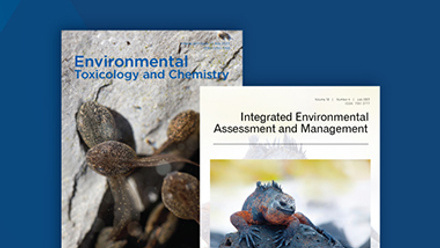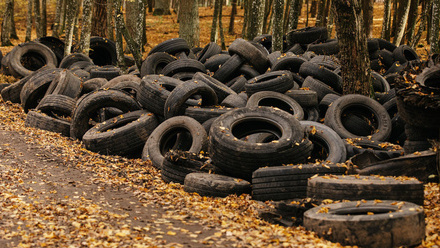Reviewing a Decade of Contaminants in the Surface Waters in Kenya
Jen Lynch and Tamar Schlekat, SETAC
Kenya is a highly populated country in east Africa, and like many other countries, it faces major challenges related to delivering potable water to its residents from its freshwater supply. Agricultural activity, industrial discharge, urban runoff and untreated sewage disposal is contaminating rivers and lakes, making the water that is available unsafe for human consumption.
Researchers from Jomo Kenyatta University of the Agriculture and the Chinese Academy of Sciences explored the distribution of chemicals of emerging concern (CECs) in the surface waters of Kenya and reported their findings in a new article published in Environmental Toxicology and Chemistry. The study documented the distribution of microplastics, pharmaceuticals, hormones, personal care products, pesticides and other persistent organic pollutants in surface water. Then, the investigators compared levels of these chemicals to screening benchmarks, where available, and conducted screening level risk assessment, where possible.
The paper noted that main sources of these compounds in surface water in Kenya are “agricultural activities, industrial discharge, urban runoff, and untreated sewage disposal.” The researchers found that “the main source of pharmaceuticals in water sources is not wastewater treatment plants but rather raw untreated sewage, as high concentrations are found near informal settlements with poor sewage connectivity.” The scientists attributed the high detection of pharmaceuticals to the general misuse of antibiotics in the country and associated the abundance of antiretroviral drugs to the high prevalence of HIV in Kenya. As for the presence of organochloride and organophosphate pesticides, that was attributed to agricultural activity. Regarding the presence of DDT, which is banned in Kenya, the researchers assumed that it is either due to illegal use or a legacy of historical application.
The study compared concentrations of some of these CECs in surface water to protective benchmarks or permissible levels, and in some cases, concentrations exceeded benchmarks and tier I risk assessment, showing a potential risk for human-health. It is noteworthy that there are no legal maximum allowable limits for some of the CECs and therefore, there is insufficient information for decision making.
Authors' contact: [email protected]





